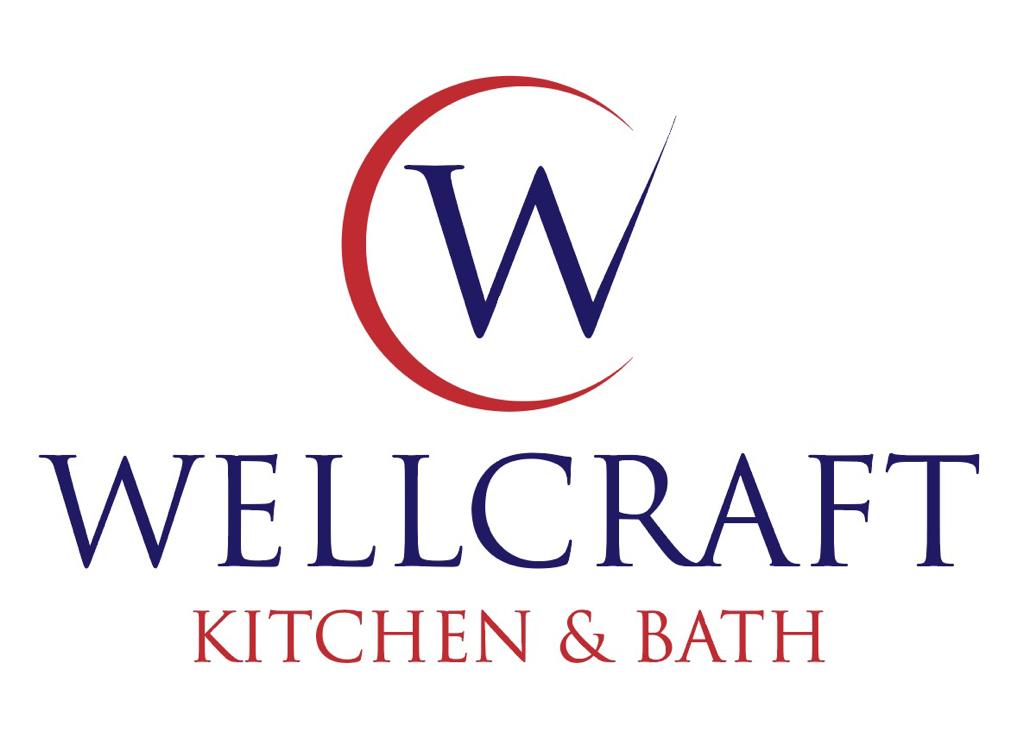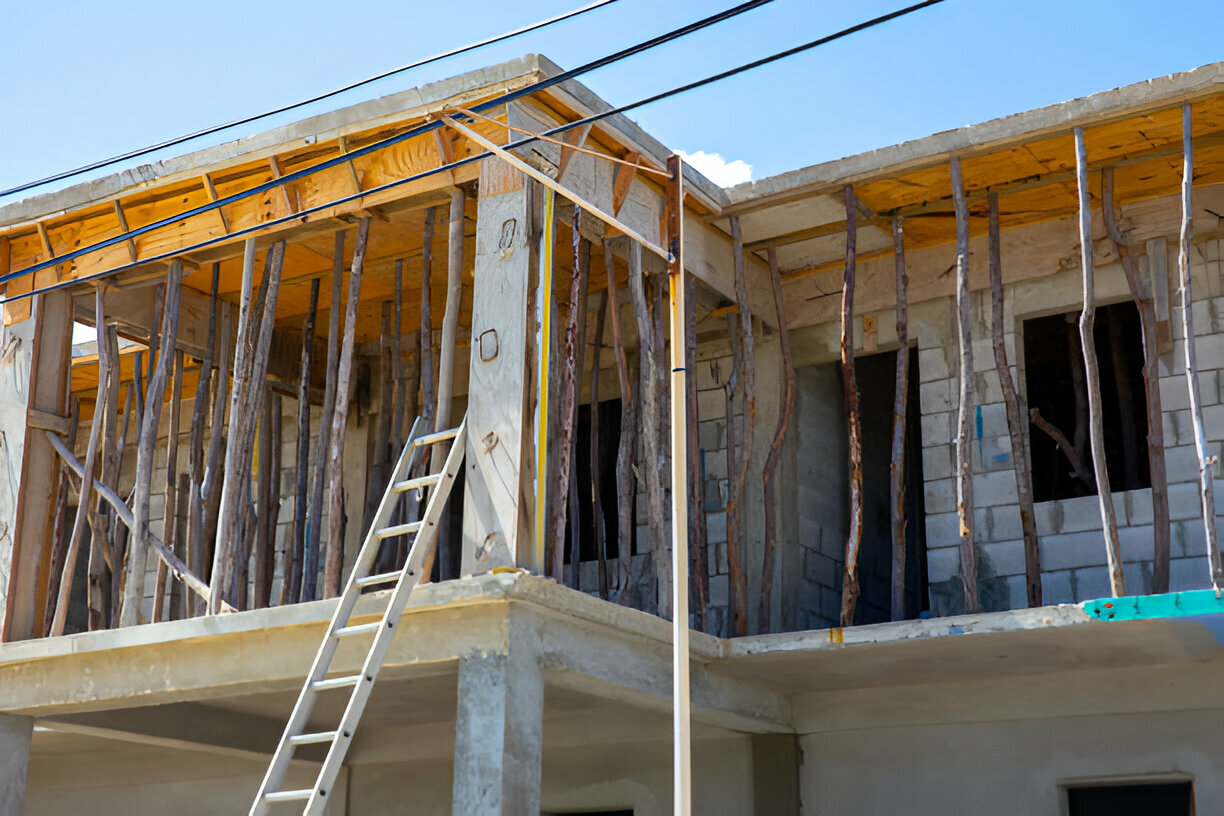Adding a second floor to your home is one of the most transformative remodeling projects you can undertake. Whether you need extra bedrooms, a home office, or a multi-use living area, a second-story addition not only doubles your square footage but also enhances your property’s value. In this guide, we’ll walk you through everything you need to know—from planning and cost considerations to design ideas and construction methods.
Contents
- 1 Why Consider a Second Floor Addition?
- 2 Types of Second Floor Home Additions
- 2.1 Full Second Floor Addition
- 2.2 Partial Second Story
- 2.3 Modular Second Floor Addition
- 2.4 Second Floor Addition Ideas That Maximize Functionality
- 2.5 1. Master Suite Retreat
- 2.6 2. Children’s Bedrooms + Play Zone
- 2.7 3. Home Office or Library
- 2.8 4. In-Law or Guest Suite
- 2.9 5. Laundry Room Relocation
- 2.10 6. Creative Nooks and Bonus Spaces
- 3 Planning a Second Floor Addition: What to Know
- 4 Building a Second Floor Addition: Step-by-Step Process
- 5 How Much Does a Second Floor Addition Cost?
- 6 Source Links
Why Consider a Second Floor Addition?
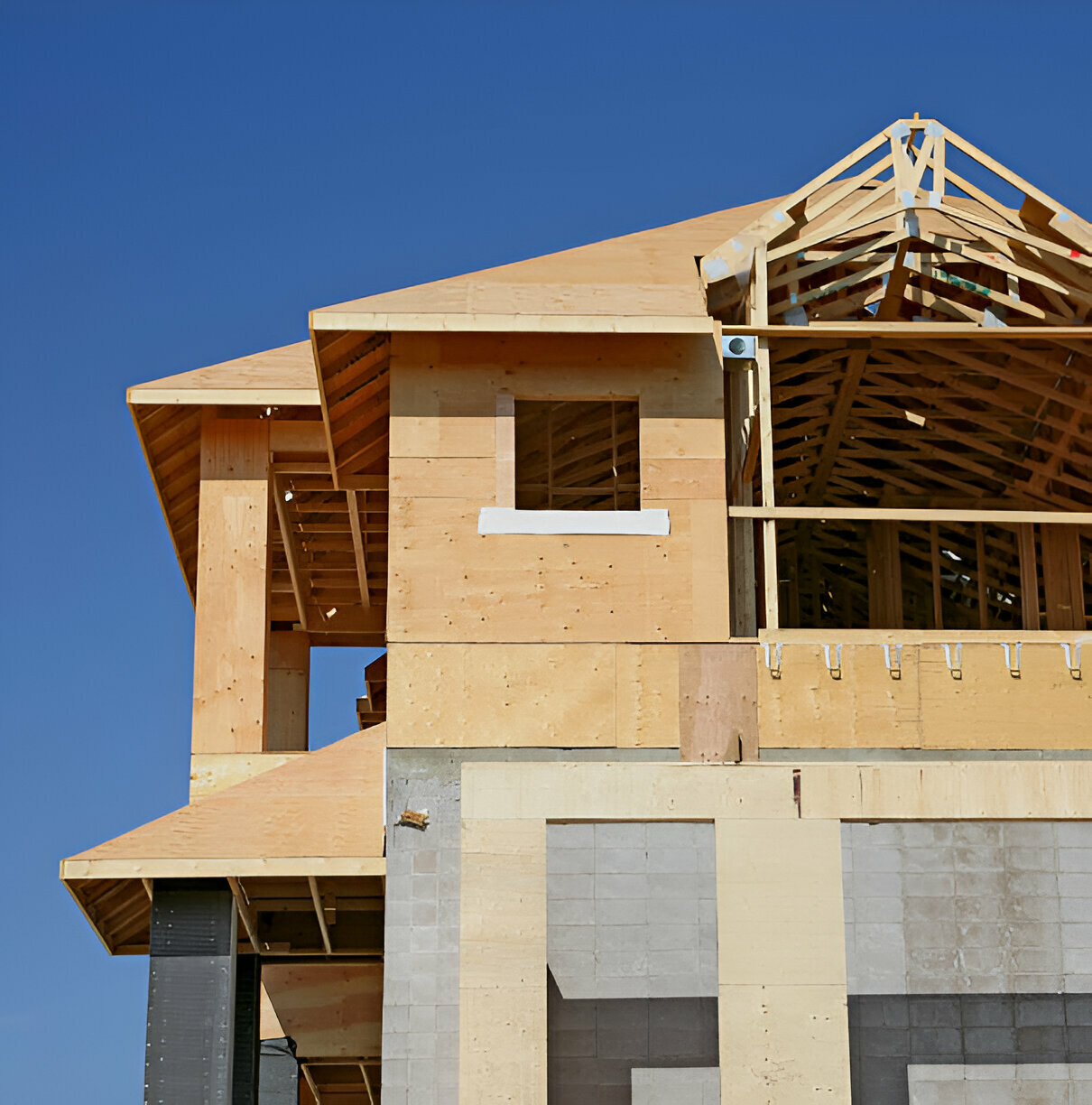
More Living Space, Less Footprint
Adding a second floor is an efficient way to dramatically increase your home’s square footage without expanding the building’s footprint. This is particularly beneficial for:
· Urban homes with limited lot space
· Properties where yard space is a priority (gardens, play areas, outdoor kitchens)
· Historic neighborhoods with strict zoning restrictions on width or depth expansions
A second story addition also allows homeowners to separate living zones—such as keeping bedrooms upstairs and entertaining areas downstairs—promoting a more functional and private layout.
Preserve Your Location
One of the most overlooked benefits of a home addition second floor is the ability to upgrade without relocating. Many families prefer not to leave their:
· Familiar neighborhood
· Children’s current school district
· Commute routes and proximity to work or transit
· Social ties with neighbors or nearby relatives
A second story addition means you won’t have to uproot your family or deal with the stress and expense of moving, while still getting the upgraded space you need.
Increase Property Value
Investing in a second floor home addition can significantly boost the market value of your house. Compared to other remodeling projects, a second story provides a:
· Higher return on investment (ROI), especially in high-demand urban areas
· More competitive edge in resale due to increased living space
· Luxury upgrade that aligns with modern buyer expectations
In markets where square footage is a major factor in home prices, building a second floor addition can easily push your property into a higher price tier.
Types of Second Floor Home Additions
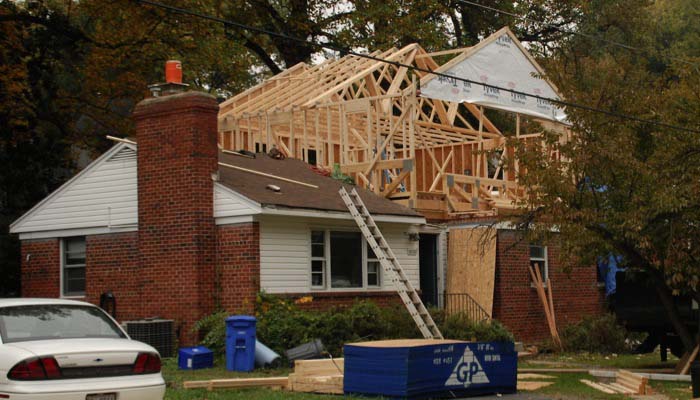
Full Second Floor Addition
This type of floor addition involves removing your existing roof and constructing an entirely new second level. It’s ideal for:
· Ranch-style homes and bungalows
· Homeowners needing multiple new bedrooms and bathrooms
· Full-layout flexibility—creating an open concept or a multi-room plan
The process is more involved but offers maximum impact in terms of space and design.
Partial Second Story
Partial additions are often built above:
· Attached garages
· Single-story wings or sunrooms
· Rear additions of the house
These types of home additions offer a less invasive way to gain extra rooms and are often chosen for:
· Teen bedrooms
· Craft or hobby rooms
· Compact home offices
They can usually be constructed more quickly and at a lower average cost than full second floor additions.
Modular Second Floor Addition
Modular construction is an innovative solution for homeowners seeking:
· Reduced construction time
· Consistent factory-level quality
· Lower labor costs and minimal on-site disruption
Modular homes second floor addition projects are built off-site and delivered as completed units that are installed via crane and finished on-site. Benefits include:
· Improved energy efficiency due to tighter building envelopes
· Predictable timelines unaffected by weather
· Potential savings in addition costs due to streamlined construction
Second Floor Addition Ideas That Maximize Functionality
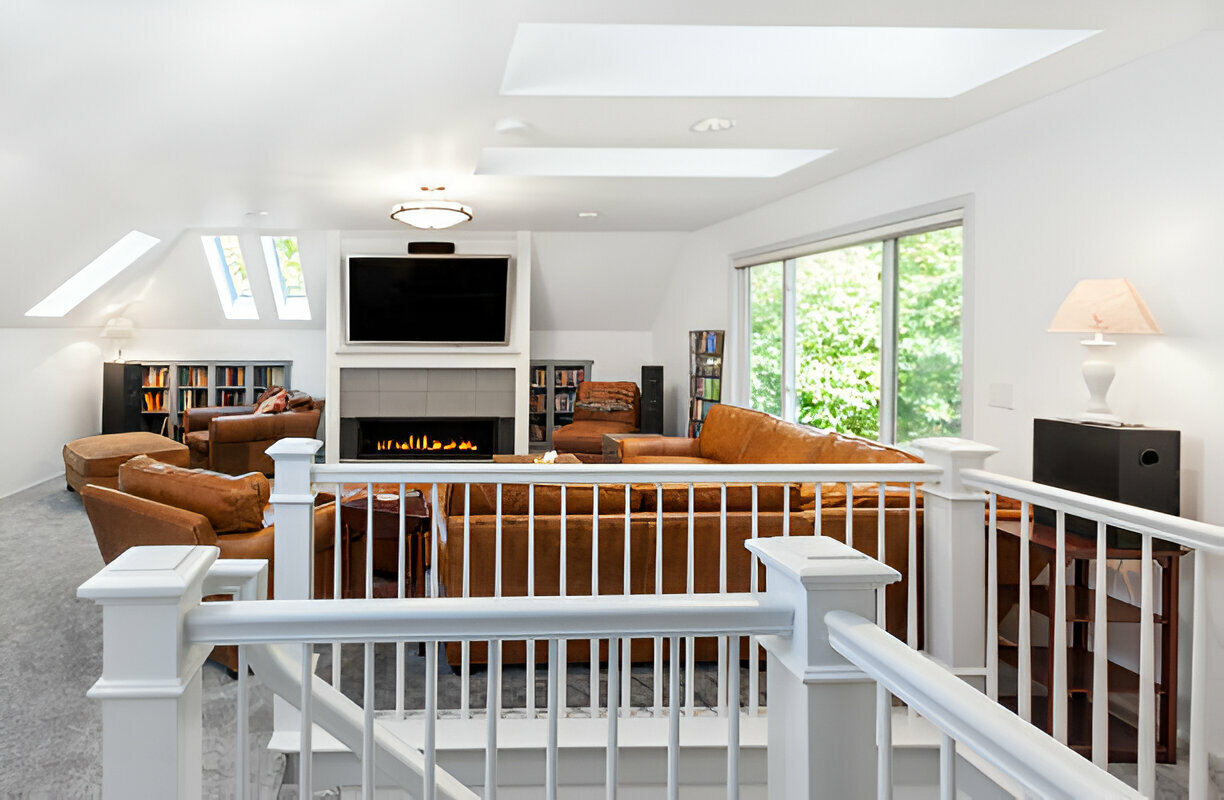
A second floor should be more than just extra square footage—it should enhance your quality of life and adapt to your long-term goals. Below are popular, high-impact room configurations that homeowners love:
1. Master Suite Retreat
Creating a luxurious master suite on the new second floor is one of the top requests in second floor home addition plans. These spaces often include:
· A spacious bedroom with large windows and natural light
· A walk-in closet with custom cabinetry or a custom closet system
· An en-suite bathroom with a double vanity, soaking tub, and walk-in shower
· Optional extras like a private balcony or reading nook
By relocating the master suite upstairs, homeowners can also transform the old primary bedroom into a guest room or office.
Inspiration: Bathroom Remodel in Ashburn, VA
2. Children’s Bedrooms + Play Zone
Families with young children often choose to move all the kids’ bedrooms upstairs to centralize the sleeping and play areas. Benefits include:
· Better zoning between noisy and quiet areas
· Easier bedtime routines with shared proximity
· A shared Jack-and-Jill bathroom to save on plumbing runs
· A centralized playroom, reading corner, or homework station
You also free up valuable downstairs space to enhance the kitchen, expand a family room, or add a media center.
3. Home Office or Library
As remote work and hybrid setups become more common, dedicated office space is essential. A second-story office offers:
· Quieter atmosphere with fewer distractions
· Space for dual workstations or built-in desks
· Extra insulation for soundproofing
· Opportunities to add built-in shelving for a personal library
If your job demands confidentiality or Zoom calls, this setup creates a professional yet private environment.
Related read: Design Tips for Home Offices
4. In-Law or Guest Suite
A well-designed guest suite on the second floor can accommodate short-term visitors or even evolve into long-term living quarters. Consider including:
· A full bedroom and private bathroom
· Optional kitchenette or wet bar for convenience
· Walk-in closet or dresser nook for storage
· Elevator-ready layouts for future mobility needs
Multi-generational families especially benefit from these layouts, allowing grandparents or adult children to stay under one roof while maintaining independence.
5. Laundry Room Relocation
Relocating the laundry room upstairs—close to bedrooms—saves time and effort. It’s especially efficient for:
· Families with young children
· Elderly homeowners looking to reduce stair usage
· Homes without mudrooms or garages to host machines downstairs
Features to consider:
· Stacked washer/dryer units
· Built-in cabinetry for supplies
· Utility sink and folding station
· Noise insulation between floor levels
Interested in laundry upgrades? Check our Interior Remodeling Services
6. Creative Nooks and Bonus Spaces
Don’t forget to design for the “in-between” areas:
· A landing reading nook with built-in bench and window
· A hallway gallery wall or art niche
· A central skylight for improved daylighting
· Secondary linen closets or seasonal storage spaces
These subtle additions can make your second story feel personalized, not just practical.
Browse our portfolio for real examples: Transitional Bathroom Remodel in Annandale
Planning a Second Floor Addition: What to Know
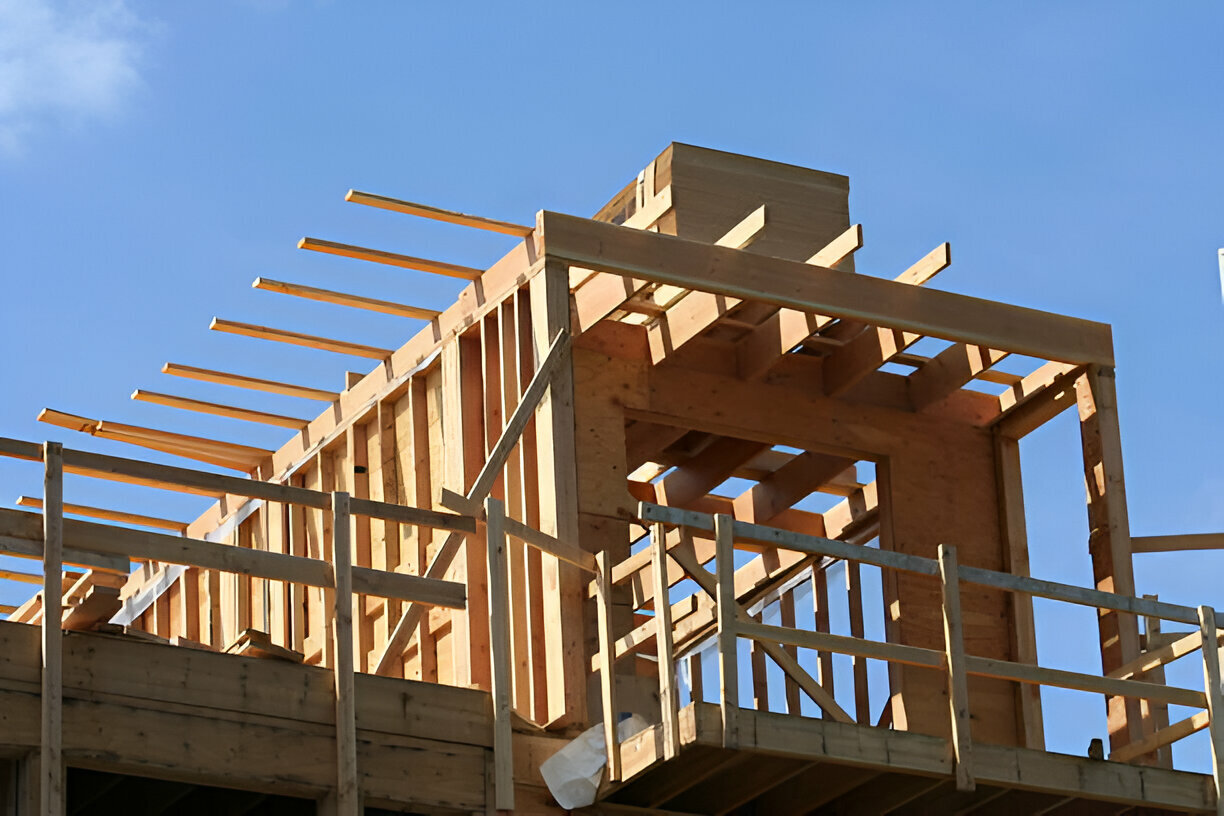
Check Zoning and Building Regulations
Before starting your second floor addition, consult with your local municipality or HOA to understand all zoning and building code limitations. These restrictions may include:
· Maximum building height
· Distance from property lines (setback rules)
· Lot coverage percentages (how much of the land you can build on)
· Historic district requirements if your home is in a preservation zone
· HOA guidelines on exterior aesthetics or material use
Some regions also require public hearings or neighborhood approval for vertical expansions, especially if the project will affect surrounding views or shade.
🛠️ Need help navigating the process? Visit our Remodeling Process Page to learn how we handle permits, inspections, and community coordination.
Structural Support and Foundation Inspection
Not all homes are structurally prepared for the weight and stress of a second story addition. A licensed structural engineer should:
· Analyze your current foundation for load-bearing capacity
· Assess walls, footings, and framing for reinforcement
· Recommend steel beams, posts, or shear walls if needed
· Inspect for existing issues such as settling or cracks
Here’s how different foundation types generally fare:
· Basements – Typically strong enough to support a second story with minimal reinforcement
· Crawl Spaces – Often adaptable but may require new footings or joists
· Slab Foundations – May need extensive upgrades or could be cost-prohibitive for full-story additions
Stairs and Access Points
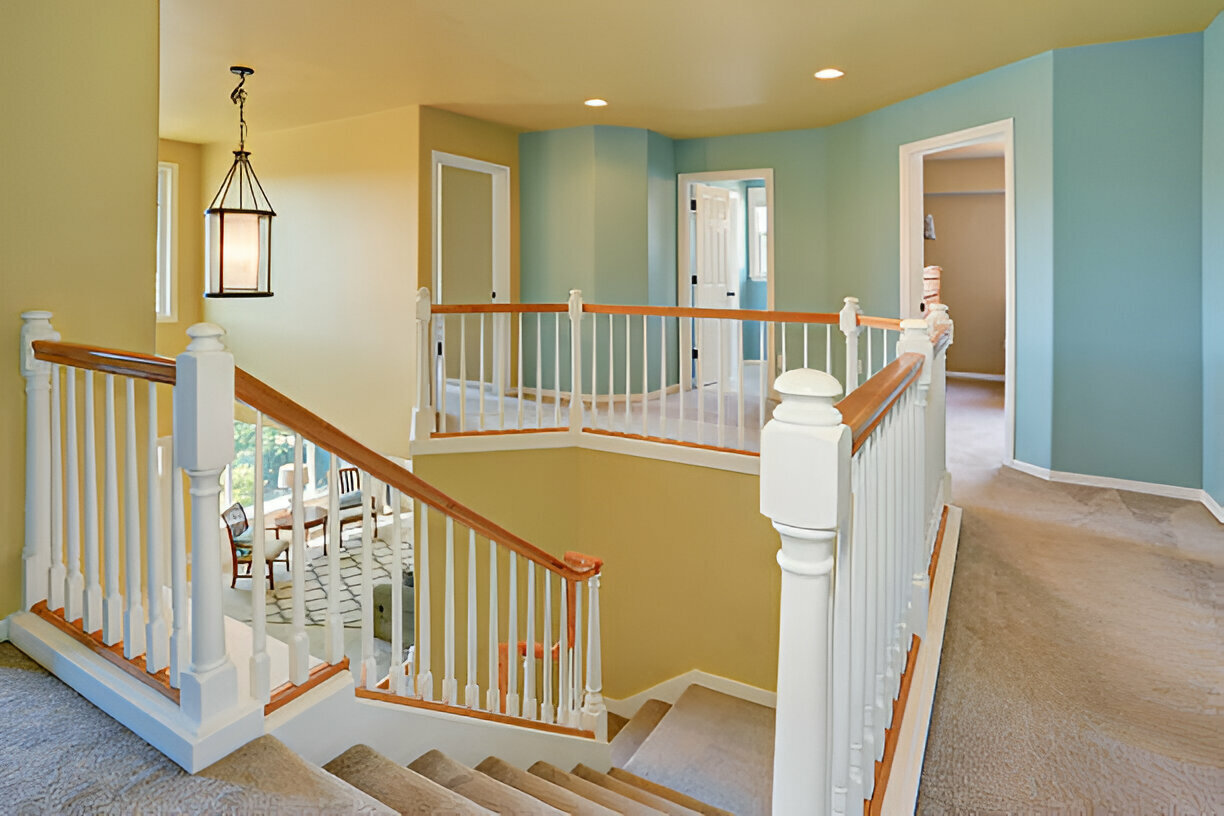
Adding a stairwell changes the flow and function of your current layout, so strategic placement is essential. When planning second floor addition ideas, consider:
· Centralized locations for ease of access (foyer or hallway)
· Straight runs versus switchback or spiral stairs
· Space-saving designs for compact homes
· Wider stairs for future-proofing accessibility
· Creating visual balance by tucking stairs under dormers or skylights
If your addition includes bedrooms or offices upstairs, natural light around stairwells makes transitions feel more open and inviting.
Building a Second Floor Addition: Step-by-Step Process
1. Architectural Design and Planning
Start with detailed drawings and construction blueprints. These should include:
· Placement of new rooms and staircases
· Roofline modifications
· HVAC and ducting layouts
· Plumbing lines for bathrooms or laundry
· Electrical rewiring plans
· Exterior elevations to match the existing home style
In this phase, your architect or design-build firm will also ensure compliance with local zoning and develop permit-ready documentation.
Need inspiration? Visit our Inspiring Blog Page for finished project walkthroughs and ideas.
2. Permits and Approvals
Expect to submit plans for review with your local zoning board or building department. This process may include:
· Plan submission and review
· Structural engineering certification
· Environmental or impact assessments
· Public notice and waiting period (in some cities)
Permit timelines can vary widely, from a few weeks to several months, depending on your location and scope.
3. Construction and Framing
Once permits are in hand, the construction phase begins. If you’re doing a full second floor home addition, the roof will be removed and replaced after the new walls are framed. Modular installations, however, involve:
· Delivery of pre-assembled second-story sections
· Use of a crane to place modules
· Seamless joining and weatherproofing
Site-built or stick-built additions will require more time but allow full customization.
4. Electrical, HVAC, and Plumbing
Utilities must be extended or upgraded to accommodate the new square footage:
· Electrical – Panel upgrades, additional circuits, outlets, and lighting
· HVAC – May require a second zone, duct expansion, or new unit
· Plumbing – Especially important for bathrooms, laundry rooms, or wet bars
Proper mechanical design not only enhances comfort but improves energy efficiency and long-term savings.
5. Interior Finishing
Once utilities are in place and insulation is installed, you move into finishes:
· Drywall, flooring, trim, and paint
· Cabinetry or built-ins for storage
· Bathroom tile, vanities, and fixtures
· Lighting, mirrors, and closet systems
This is the stage where your second floor begins to feel like home—personalized and aligned with the rest of the house.
How Much Does a Second Floor Addition Cost?
Adding a second floor is a major investment. Most second floor additions range from $100,000 to $350,000+, depending on the complexity, finishes, and location.
Factors That Influence Cost
· Square footage added
· Choice of materials (standard vs. luxury finishes)
· Scope: partial vs. full second story
· Foundation upgrades (reinforcement, new footings)
· Utility updates (electrical panel, HVAC systems)
· Permit and inspection fees
· Labor market and location
Average Cost Breakdown
| Type of Build | Cost per Sq Ft | Total Cost for 1,000 Sq Ft |
|---|---|---|
| Basic Shell Only | $100–$150 | $100,000–$150,000 |
| Mid-Range Full Addition | $150–$250 | $150,000–$250,000 |
| High-End Custom Addition | $250–$350+ | $250,000–$350,000+ |
Remember to account for design fees, potential living expenses during construction (if you need to relocate), and costs associated with staircase integration.
Source Links
- How to Add a Second Floor to an Existing House – This Old House
https://www.thisoldhouse.com/roofing/23009896/how-to-add-a-second-floor-to-an-existing-house - Adding a Second Floor to Your Home – Patrick A. Finn
https://www.patrickafinn.com/blog/adding-a-second-floor-to-your-home-the-ultimate-guide-and-expert-tips - Adding a Second Story: Cost Guide – Sweeten
https://sweeten.com/blog/home-renovation-cost-guides/adding-second-story-cost-guide - What to Know About Second Story Additions – Ideal Construction VA
https://idealconstructionva.com/what-to-know-about-second-story-additions/ - Modular Additions – Westchester Modular
https://westchestermodular.com/modular-additions/ - Design-Build Second Floor Addition – Thomas Custom Builders
https://www.thomascustombuilders.com/design-build-additions/second-floor-addition/
